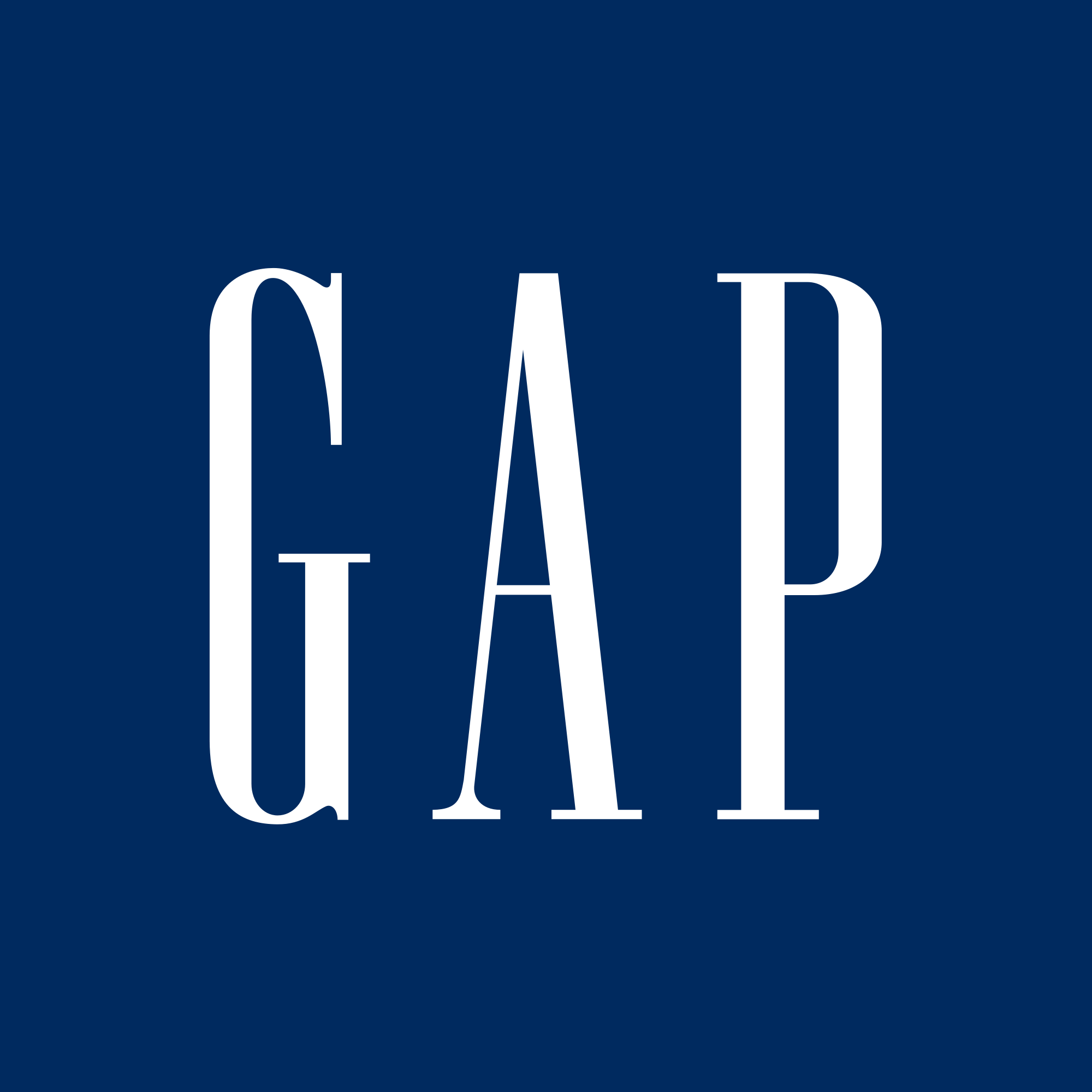
The consensus price target for Gap (NYSE:GAP) has slightly increased from last year, indicating a modest improvement in the company’s perceived value.
Gap’s upcoming fiscal first-quarter earnings report is expected to show a 7% increase in earnings and a 1% rise in sales compared to the previous year.
The company’s transition to a franchise model has led to improved margins and cash flows, positioning Gap as a compelling buy despite recent stock value decline.
The Gap, Inc. (NYSE:GAP) is a prominent player in the apparel retail industry, known for its diverse range of clothing and accessories. The company operates under well-known brands like Old Navy, Gap, Banana Republic, and Athleta, catering to a broad demographic. With a strong presence in both physical and online retail spaces, Gap has a global reach through company-operated and franchise stores.
The consensus price target for Gap has seen minor fluctuations over the past year. Last month, the target was $29, slightly down from $30.33 last quarter, indicating a modest decline in analyst optimism. However, compared to last year, the target has increased from $28.6, suggesting a slight improvement in the company’s perceived value. Despite these changes, UBS analyst Jay Sole has set a lower price target of $26, reflecting a more cautious outlook.
Gap’s upcoming fiscal first-quarter earnings report is anticipated to show growth, with analysts predicting earnings of 45 cents per share and revenue of $3.42 billion. This forecast represents a 7% increase in earnings and a 1% rise in sales compared to the previous year. The company’s strong track record of surpassing earnings expectations positions it well for potentially exceeding estimates in the upcoming report, as highlighted by Zacks.
Despite a recent 23% decline in stock value over the past three months, Gap remains a leader in the retail sector. The company’s strong brand portfolio, advancements in digital technology, and extensive global presence contribute to its competitiveness. Gap’s commitment to innovation and operational efficiency helps it navigate a rapidly changing market, as noted by Zacks.
Gap’s transition to a franchise model has improved margins and cash flows, even amidst revenue fluctuations. Management’s restructuring efforts, including workforce reduction and asset sales, have enhanced profitability and eliminated net debt. The company’s shares are attractively priced compared to similar enterprises, making it a compelling buy despite potential tariff concerns, as highlighted by Zacks.

